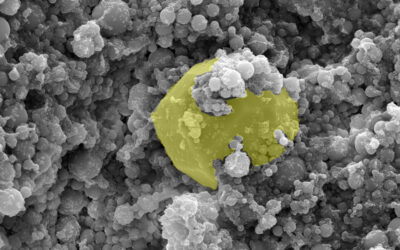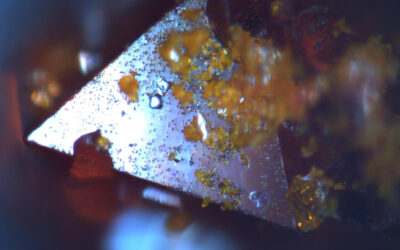Large-area VHF (very high frequency) PECVD (plasma enhanced chemical vapor deposition) is considered to be the most important factor in making the energy costs of thin-film silicon solar cells competitive with grid electricity, in that it can effectively improve the production throughput and hence reduce the production costs because of its larger substrate and higher deposition rate.
However, with the requirements of increases in both electrode and substrate sizes, the assumption that the wavelength of electromagnetic wave in plasma is much larger than the electrode dimension is no longer valid. Consequently, the non-uniform discharge caused by the so-called standing wave effect imposes limitation on achieving uniform thin film deposition in large-area VHF PECVD. Although most of the existing techniques can significantly improve the uniformity of VHF plasmas, they might be limited to a fixed frequency and a narrow operation window because they are based on the design concept that the configuration of special shaped electrode or the number and arrangement of feeding points is designed for a given standing wave pattern.
To resolve the problem, a brand new technique – creating a traveling wave by simultaneously launching two specific standing waves to generate uniform large-area VHF plasmas – has been proposed by a team of Taiwanese researchers. The feasibility of the proposed technique has been successfully demonstrated via numerical simulation. The results suggest that the standing waves can be converted into a traveling wave when they possess the same amplitude and are 90° out of phase in terms of time and space.
















